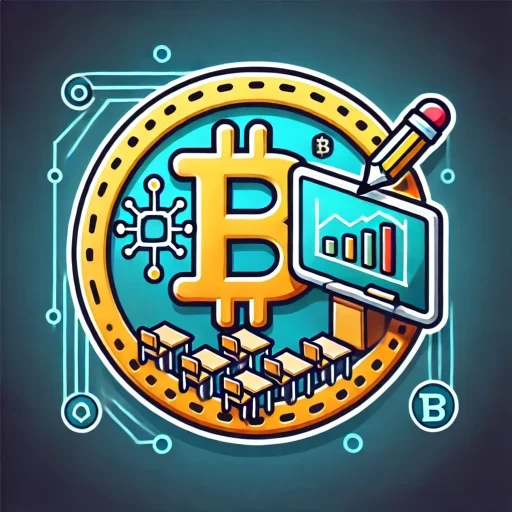Cardano (ADA) was founded in 2015 by Charles Hoskinson, one of the co-founders of Ethereum. It was developed to address some of the most pressing challenges in blockchain technology, including scalability, interoperability, and sustainability. Cardano takes a research-driven approach, with development backed by academic papers and peer-reviewed studies. Launched in 2017, Cardano quickly gained recognition as one of the most promising blockchain projects in the cryptocurrency space.
Technology and Ouroboros Protocol
Cardano’s technology is underpinned by Ouroboros, a Proof of Stake (PoS) consensus mechanism designed to be both secure and energy-efficient. Ouroboros divides time into epochs and slots, allowing for the creation of blocks by validators in a fair and decentralized manner. This design ensures the integrity and scalability of the network while consuming significantly less energy than Proof of Work (PoW) systems.
Cardano also features a multi-layered architecture, with the Settlement Layer handling transactions and the Computational Layer supporting smart contracts. This separation enhances security and scalability, allowing each layer to evolve independently.
Ecosystem and Smart Contracts
Cardano supports smart contracts through its Plutus platform, which allows developers to write secure and reliable decentralized applications (dApps). The Marlowe programming language further simplifies the creation of financial contracts on the blockchain, opening up new opportunities in Decentralized Finance (DeFi).
Cardano’s ecosystem has grown significantly, with projects spanning DeFi, NFTs, supply chain management, and academic research. The launch of the Alonzo upgrade introduced smart contract capabilities, marking a major milestone for the platform.
Partnerships and Adoption
Cardano has established partnerships with governments, academic institutions, and enterprises worldwide. For example, it has collaborated with the Ethiopian government to develop blockchain-based systems for identity and credential verification. These partnerships demonstrate Cardano’s commitment to leveraging blockchain technology for real-world impact.
Challenges and Competition
Despite its strengths, Cardano faces challenges, including delays in development and competition from platforms like Ethereum, Solana, and Polkadot. Critics have pointed out that its slow and methodical approach to development may hinder adoption in a fast-paced industry. Additionally, the network’s smart contract capabilities are still maturing compared to its more established competitors.
Future Outlook and Innovations
Cardano’s future lies in its continued focus on scalability and innovation. Projects like Hydra, a Layer 2 scaling solution, aim to dramatically increase the network’s throughput, making it capable of handling millions of transactions per second. Sidechains and interoperability solutions are also in development, further enhancing Cardano’s appeal as a versatile blockchain platform.
Conclusion and Summary
Cardano has positioned itself as a leading blockchain platform with a unique focus on research and sustainability. Its commitment to solving real-world problems through innovative technology makes it a standout project in the cryptocurrency space. While challenges remain, Cardano’s strong foundation and vision for the future ensure its relevance in the evolving blockchain ecosystem.

